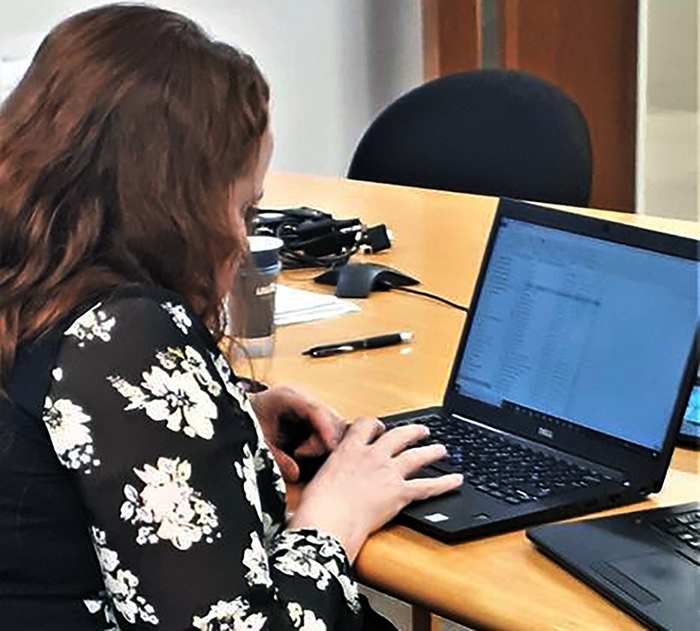Work pressure and stress can often impact mental health. This is something ‘good’ employers need to be mindful of. Simply because an employee shows up to work every day, that does not necessarily mean they are healthy.
Employers should encourage personnel to take time to schedule physical and mental activities unrelated to work such as quizzes, yoga sessions, and stress workshops.
Brad Goodwin, Content Manager, at Lensa has considered some ideas that bosses can adopt. In terms of his tips on how to improve mental health in the workplace, some ideas to adopt are:
Foster team building
Team building helps everyone to value their colleagues’ contributions, improve psychological well-being and build better communication. Encouraging team building as a regular activity can help employees work in harmony with each other. At least once a quarter, plan fun team-building activities such as scavenger hunts, show and tell, or escape rooms.
Make working hours flexible
Make a point of encouraging flexible working hours. Some leaders worry too much about ensuring responsibilities are passed on to the team and end up micromanaging, which is bad for both the manager, and the employee’s mental health. In today’s remote work world, it’s important to be flexible, and empathy will go a long way to building a healthy relationship with an employee.
Allow mental health days
Often, an employee can be physically present, but unable to give 100 percent due to personal struggles. Poor mental health can impact not only productivity, but also general health, so it’s important to encourage employees to take a day off for their mental health if needed.
Champion breaks
Everyone needs a few breaks throughout the day to refresh themselves. Make sure to inspire your workers to take some time to stretch, walk around and take a quick nap if needs be.
Allow menopause leave
Experiencing menopause has a very physical toll on the body – it can cause low energy, hot flushes, headaches, issues with concentration, and more. This can make it very difficult to work, and one in four women experience these symptoms to a debilitating level.
Menopause leave can look like flexible workplace adjustments, such as allowing time off for appointments, or taking a break when symptoms flare up. It totally depends on the company – some offer menopause leave on top of paid sick days. By making menopause leave a clear policy that workers can use, productivity and employee happiness will only increase.
Think about having a pet-friendly office
After so much time at home during the pandemic, many of us thought it was the ideal time to get a pet. As a result, many workers began taking their dogs to work with them when they were able to get back into an office, and whilst pre-covid this was a novelty, we have noticed that more companies are offering pet-friendly offices as a perk in their benefits package.
Do regular check-ins
Don’t forget to conduct regular one-on-one check-ins with your team members.
Goodwin tells Digital Journal: “Clearly, remote work is only on the rise as many people look for more flexibility and work/life balance. Any employer expecting their staff to be present five days a week, eight hours a day, is probably going to experience high levels of employee turnover in the months to come. The best employers are those who can offer their employees flexibility. Even huge tech corporations like Twitter, Pinterest, and Dropbox are going remote first, whilst other huge businesses like Siemens and Hitachi are experimenting with a hybrid model.”
He adds: “For years now, millions of Americans have been left fatigued by poor working conditions, low pay, and long hours. This is particularly true for those who were classed as essential workers through the height of the pandemic, such as healthcare staff and retail employees.”
Understanding burnout is of great importance, notes Goodwin: “This generation’s workforce is standing up for themselves, saying no to burnout and putting their home life before their life at work, for maybe the first time ever. The data shows that burned out employees are turning to jobs where they can work from home and enjoy the flexibility that doing so brings.”














